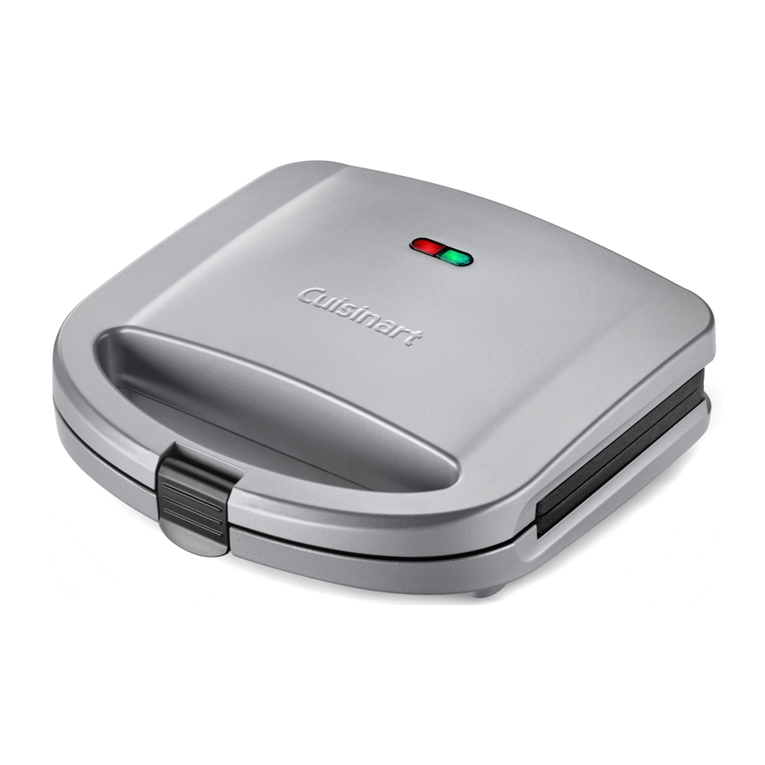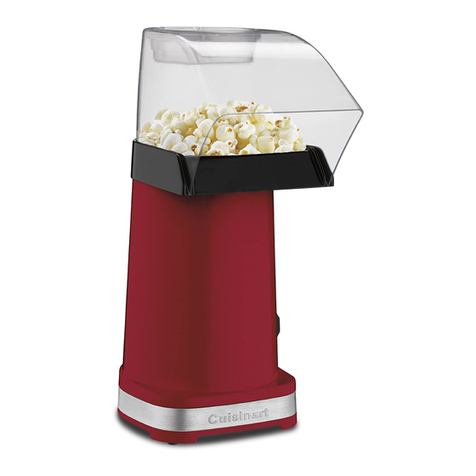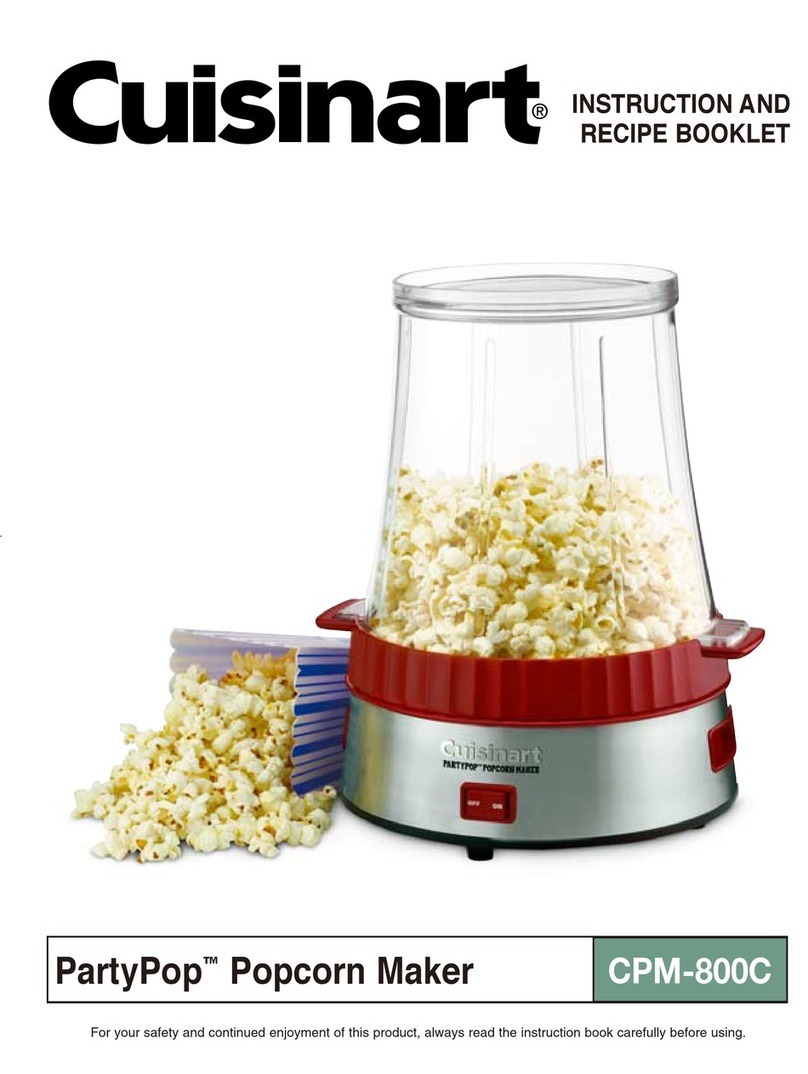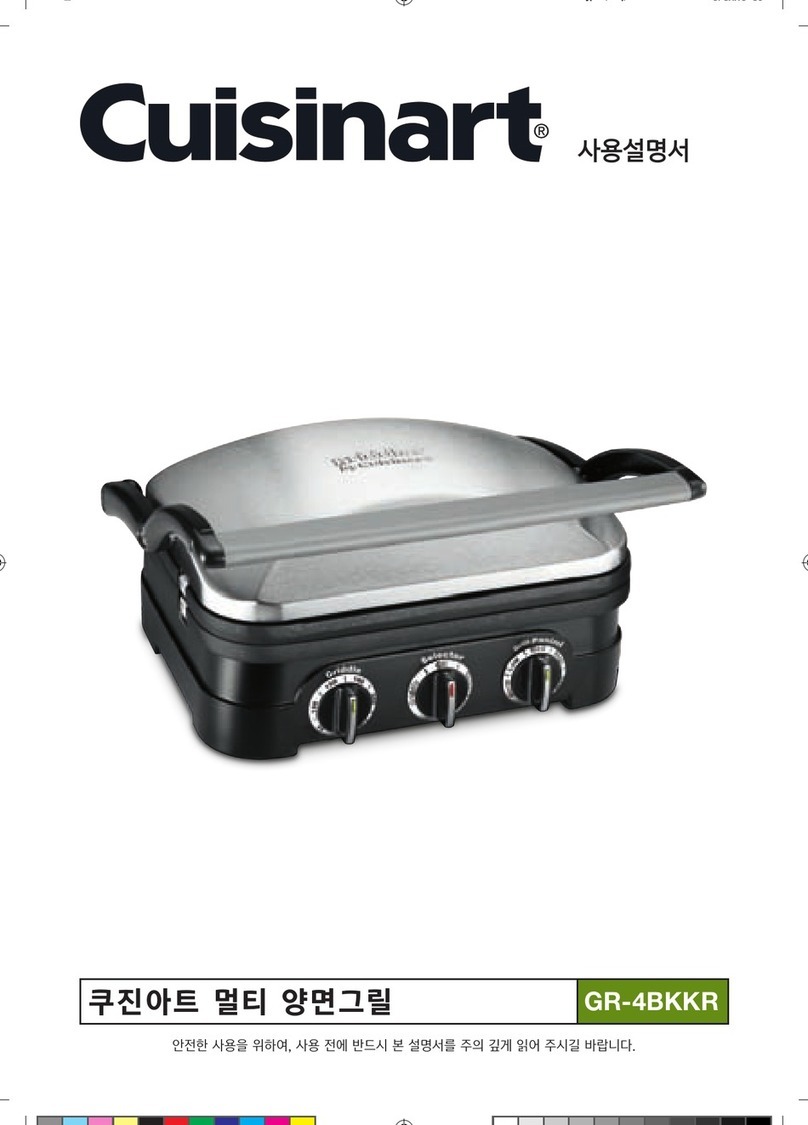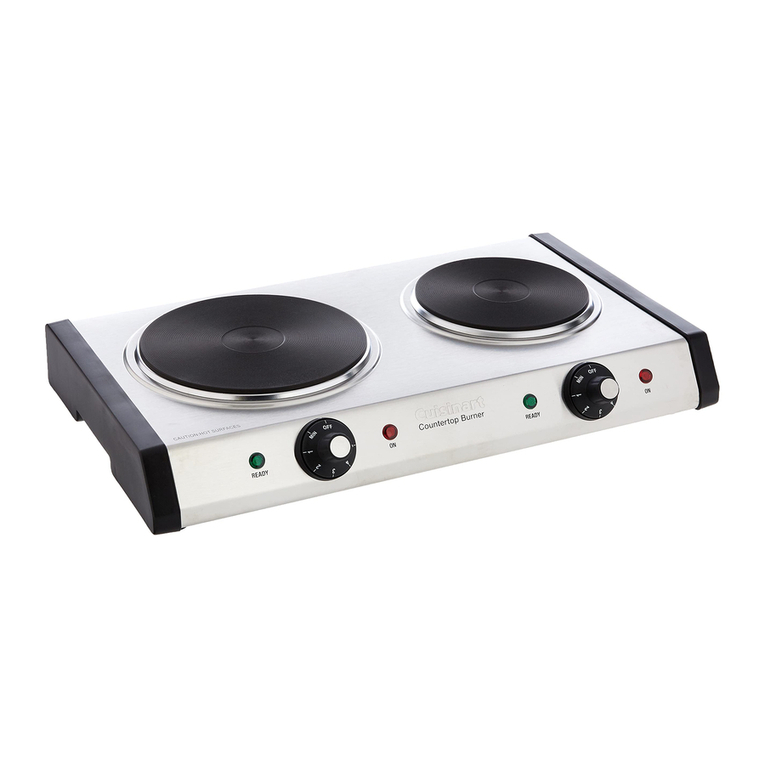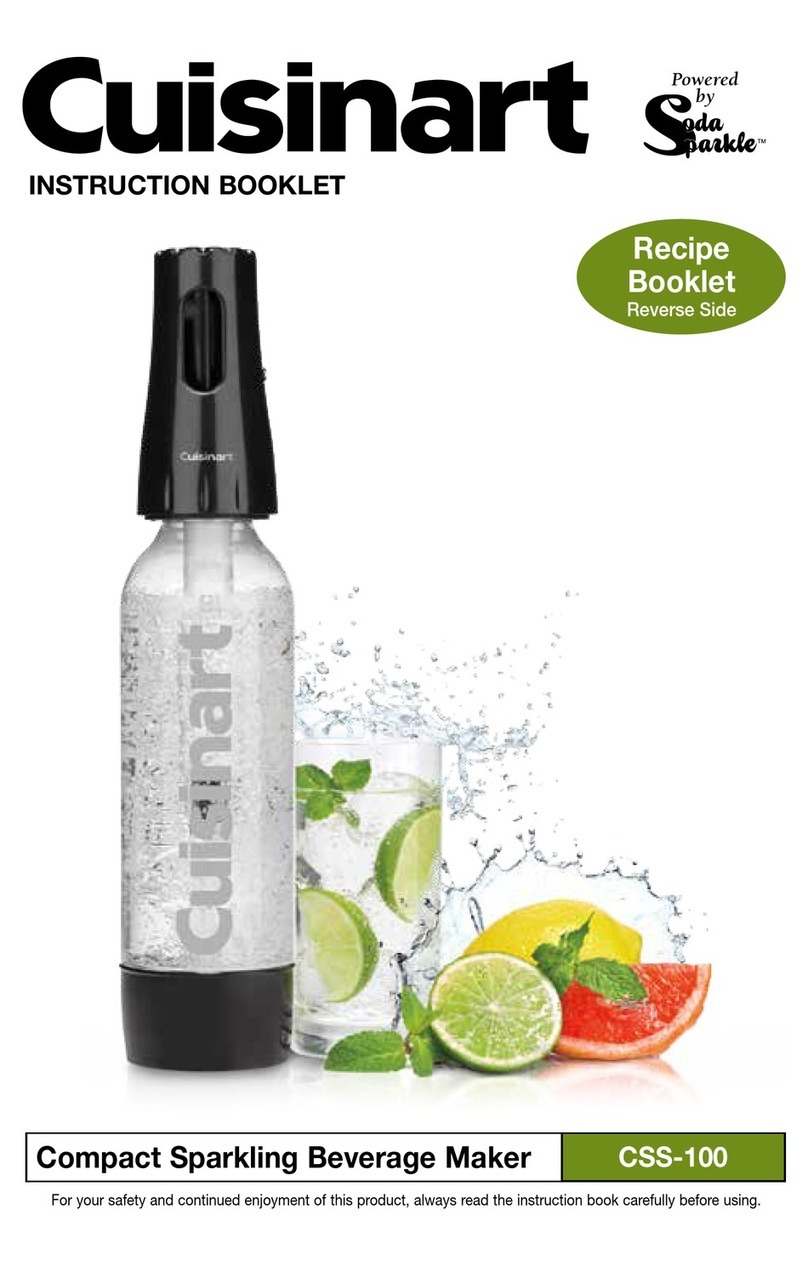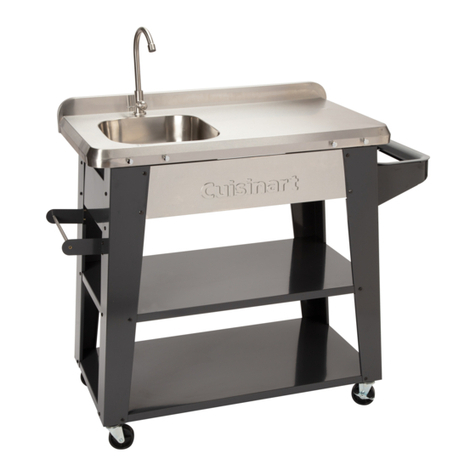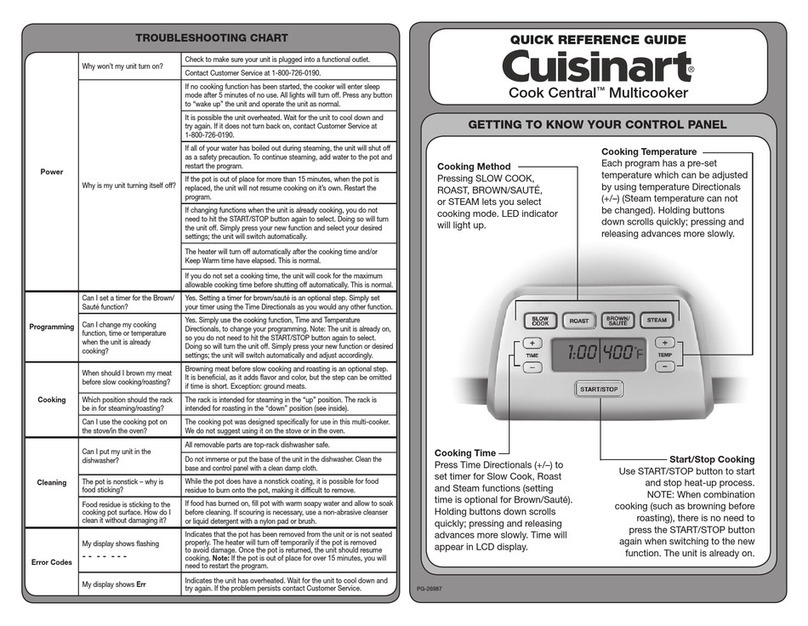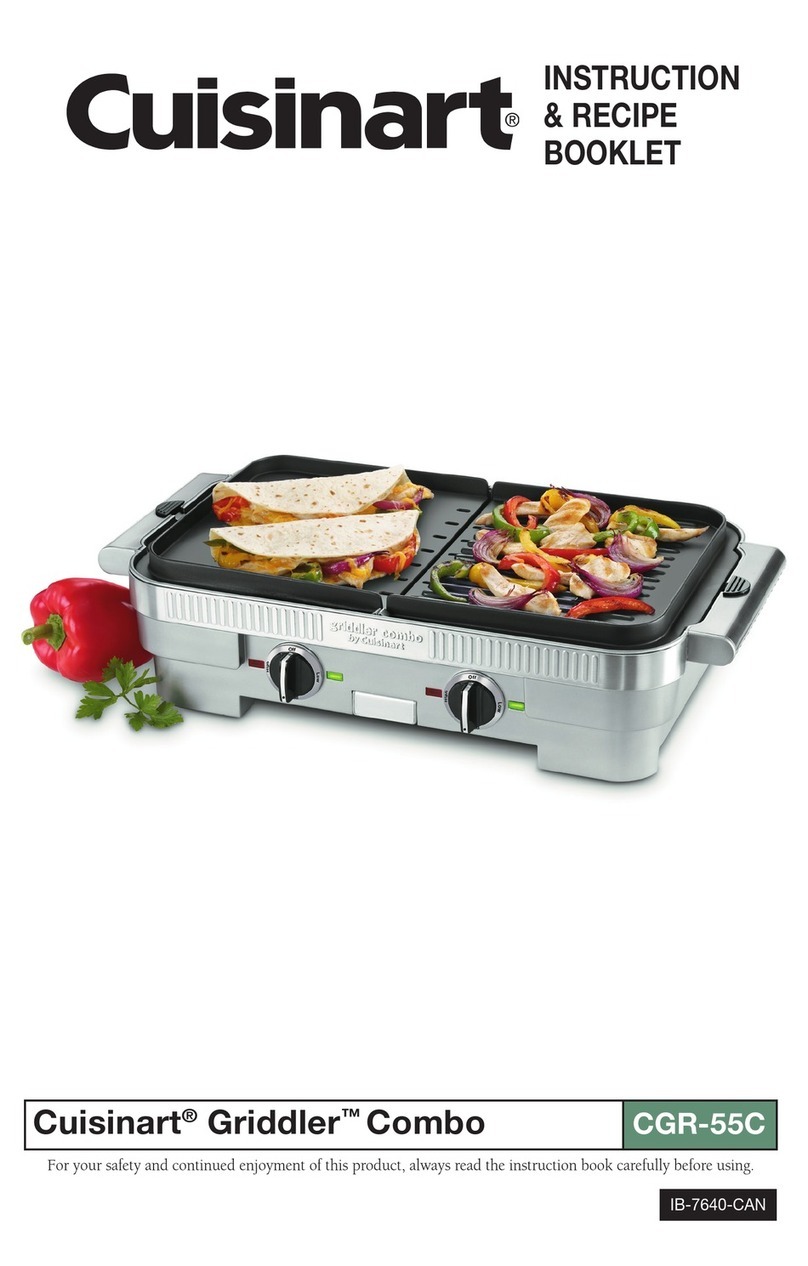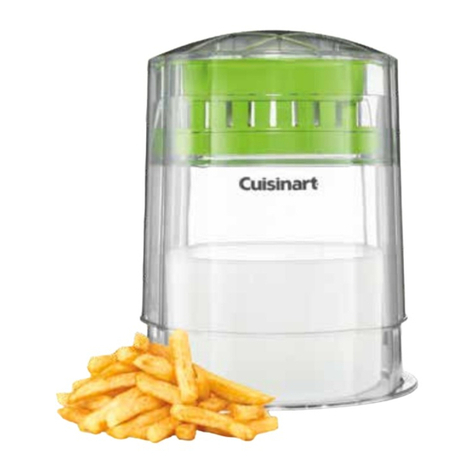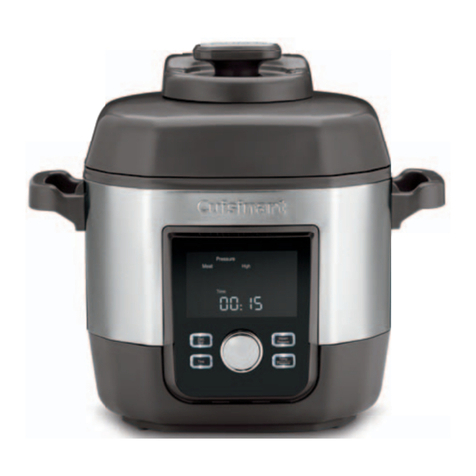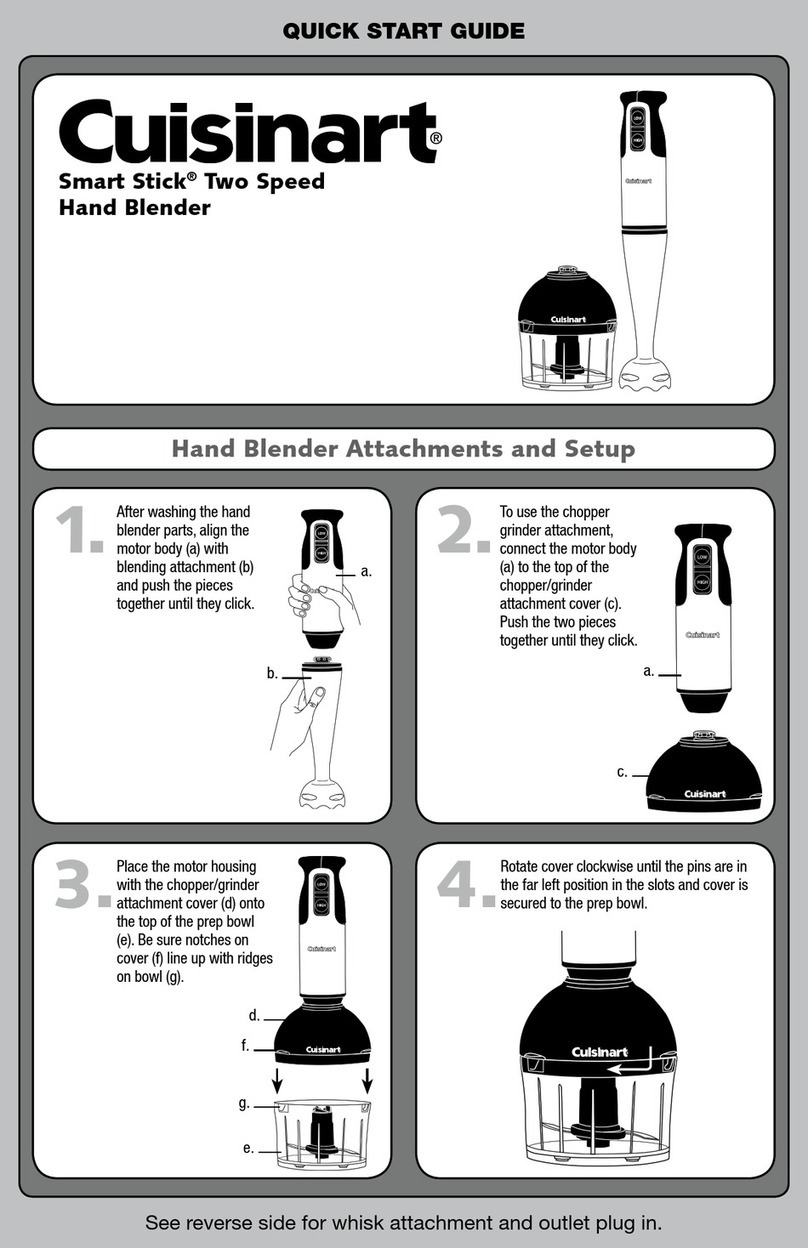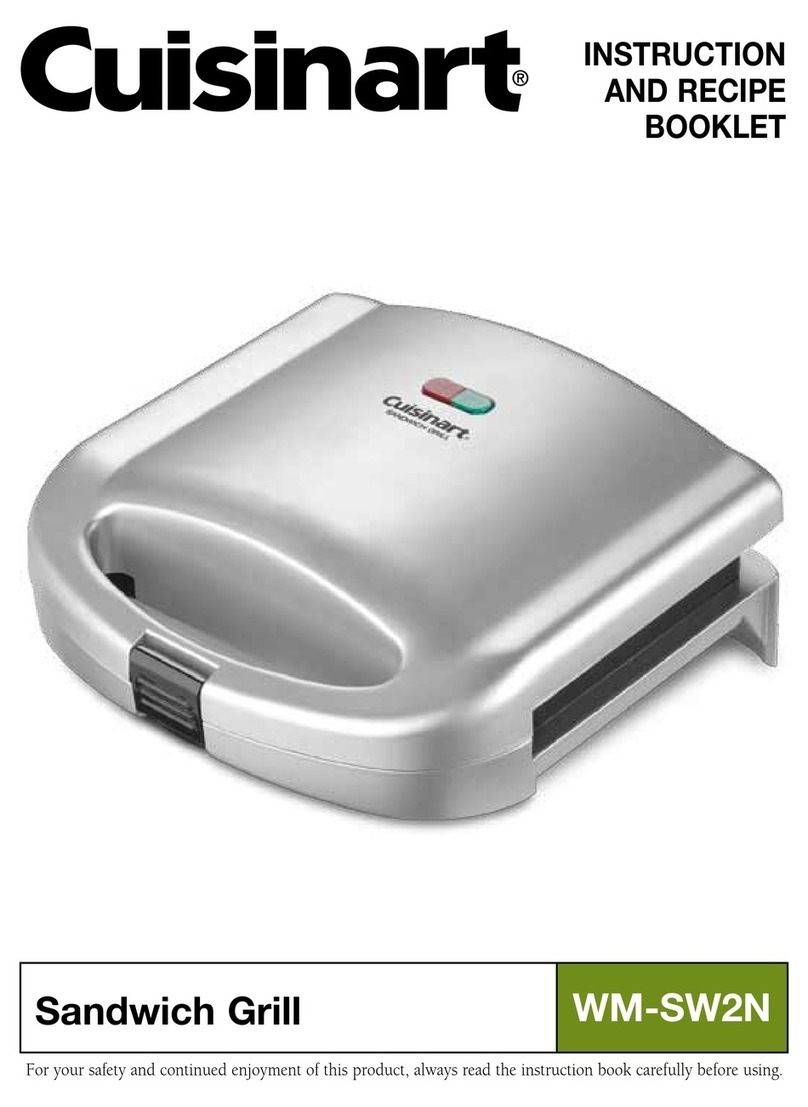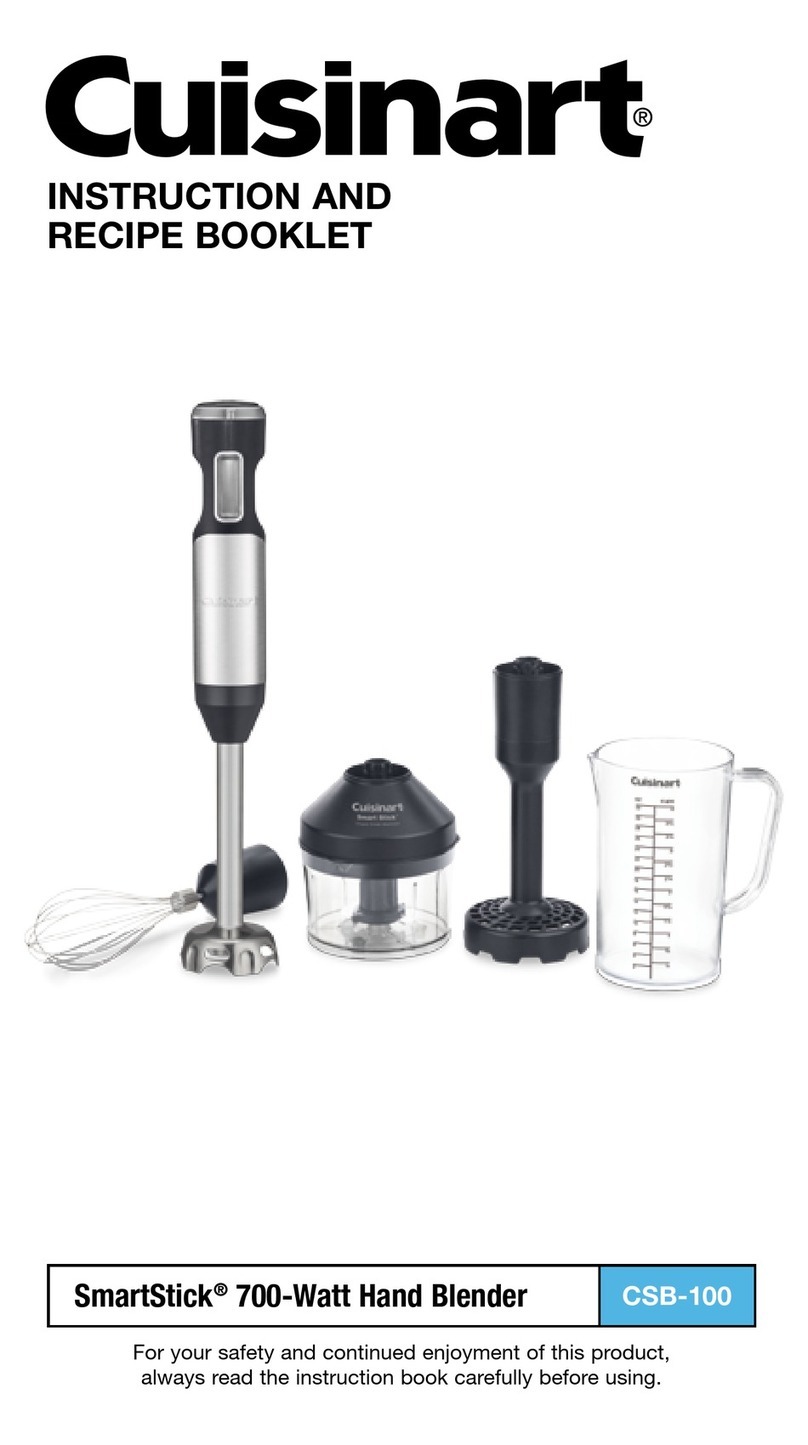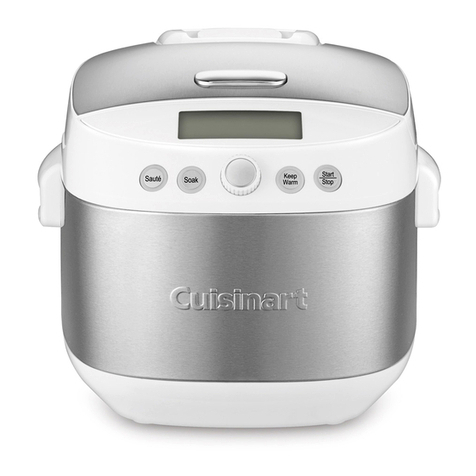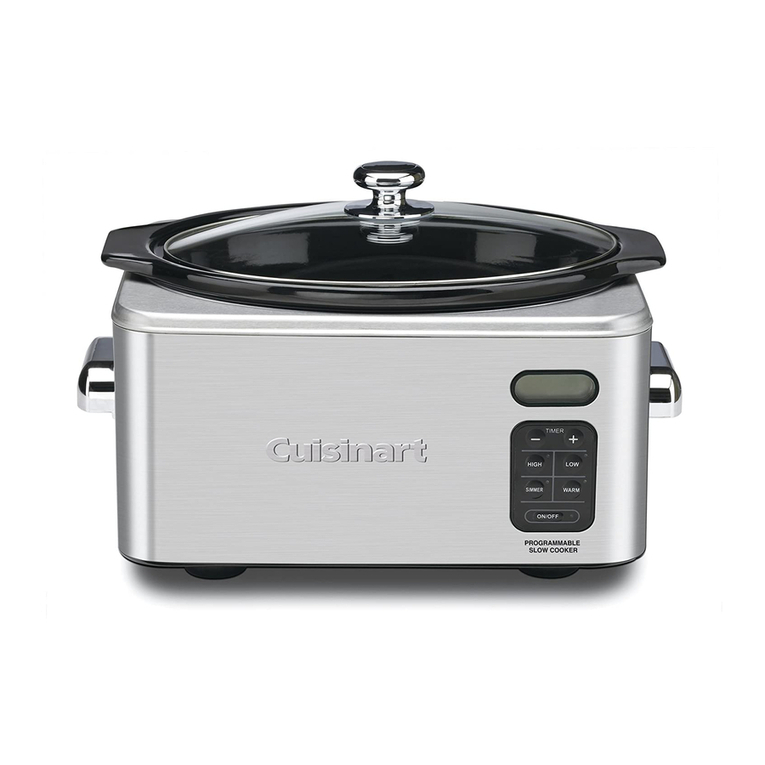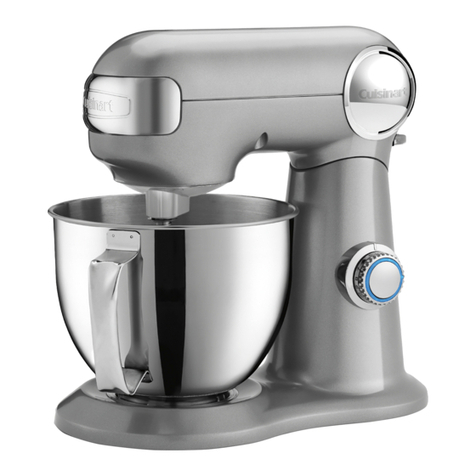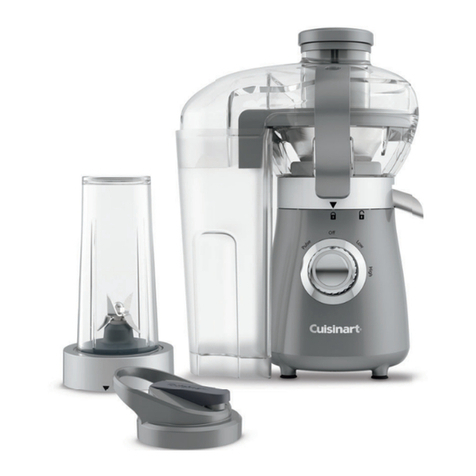
5
New York 650°F [343°C], 5 minutes
This is the pizza that is in most neighborhood slice shops and pizzerias in NY. It is chewy
and crispy and topped with sauce and plenty of cheese.
Thin and crispy 600°F [315°C], 5 minutes
This is similar to the popular “bar” pizza that is found across the country. The dough is a
bit sweeter and sometimes calls for more oil or other fat than traditional pizza dough. It
is thin with little exterior crust.
Deep dish 550°F [287°C], 15 minutes
Deep dish pizza, considered a Chicago specialty, is traditionally prepared in a tall pan
and has a thick crust lled with an ample amount of sauce, cheese, and other traditional
pizza toppings. The cheese often melts over the crust and forms a crispy texture where
it contacts the pan while baking.
Detroit 550°F [287°C], 15 minutes
This popular deep-dish style pizza consists of a very thick dough that is generously oiled
and studded with fatty cheese. The most popular topping is stripes of pizza sauce, but
pepperoni is also a regional favorite. It should be baked until the edges and bottom of
the pizza are very browned and crispy.
Sicilian 500°F [260°C], 15 min
While this also falls under the heading of a “deep dish” pizza, it is more like a focaccia
with toppings. Focaccia dough, baked with rich olive oil, is rst parbaked and then
topped either with a little bit of cheese and herbs, or fully topped with sweet pizza
sauce, cheese, and a light scattering of toppings.
Grandma 500°F [260°C], 15 min
Grandma-style pizza is the New York region’s take on Sicilian pizza. It is a bit thinner and
most often sold in shops by the slice. It has lighter and fresher toppings than
the typical New York slices.
Focaccia 500°F [260°C], 15 minutes
Focaccia is a bread enriched with olive oil. Sometimes it is just served with light
toppings of herbs and salt, or maybe a little grated cheese. Other times it is twice baked,
where it is rst parbaked, then stuffed with cheese and llings, then nished
to make it more of a stuffed bread.
Calzone 500°F [260°C], 15 minutes
The simplest way to describe this pizzeria staple is as a stuffed pizza. Pizza dough is
stretched to an oval or circle and lled with cheese, typically ricotta and mozzarella,
and often a mixture of vegetables and meats. It is cooked directly on the pizza stone
to ensure a crispy exterior and fast cooking.
Frozen 450°F [232°C], 15 to 20 minutes
Cook frozen pizza directly on preheated stone. Keep in mind that thicker crusts will
require more time while thinner crust and personal pizzas will take less time. For best
results, turn pizzas with peel halfway through cooking time.
Gluten free 500°F [260°C], 10 to 15 minutes
Gluten-free crusts require special attention. Since the doughs are typically stickier,
they are best cooked in the baking pan as opposed to directly on the pizza stone.
They may need to be parbaked before topping to ensure that they are fully cooked
through and can withstand the weight and moisture of toppings.
Our cooking recommendations are specically for our gluten-free dough recipe.
Gluten-free dough may be used for any pizza recipe.
Cauliflower 500°F [260°C], 4 to 5 minutes
Cauliower crusts require special attention similar to that of gluten-free doughs.
They need to be baked in the baking pan, if preparing fresh, and require the pan
to be well oiled. The crust must be parbaked prior to topping.
MAKING THE PERFECT PIZZA
Pizza making takes practice–here are some key steps for success.
All about flour and dough:
• For dough making, we give recipes that use three methods: by hand, by food
processor, or by stand mixer. You can prepare our dough recipes using any
of the three methods. See page 8 for instructions.
• Bread our or 00 our is recommended for most pizza dough styles.
• Extra our is essential when working with the dough and shaping pies. It prevents
dough from sticking to your hands, the work surface, and—most important—
the pizza peel.
• Excess our will burn on the pizza stone, so use only what is necessary to keep
the dough from sticking when using the pizza peel to slide pizzas into the oven.
• In most cases, our pizza dough recipes produce doughs that are on the sticky/tacky
side, quite a bit different than other types of bread doughs. This tacky consistency
is what makes for the signature chewy and avourful pizzas that bubble up while
baking. Keep hands and surface lightly oured and be sure to work quickly when
using these doughs to make it easier to handle.
• Remove pizza dough from the refrigerator at least 1 hour and up to 3 hours before
using, as dough is easier to work with at room temperature. Always keep dough
covered as it rests.

